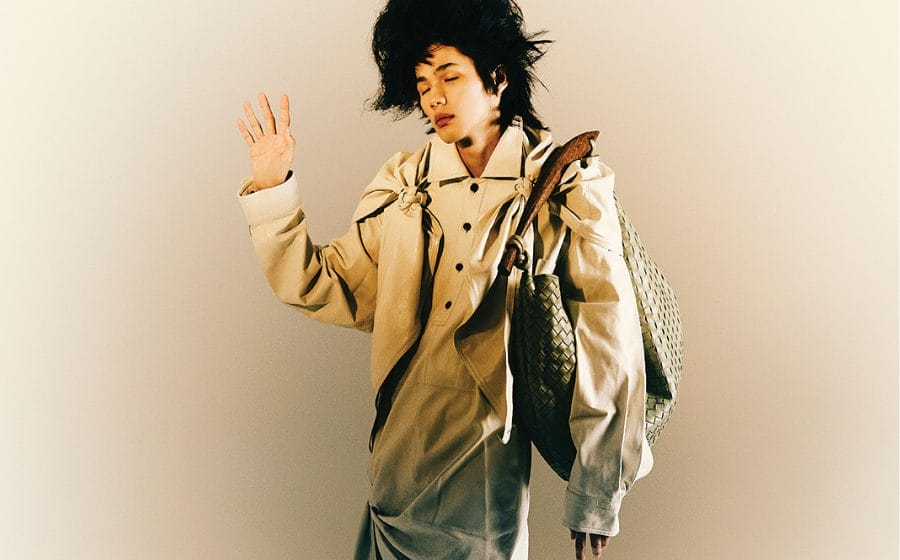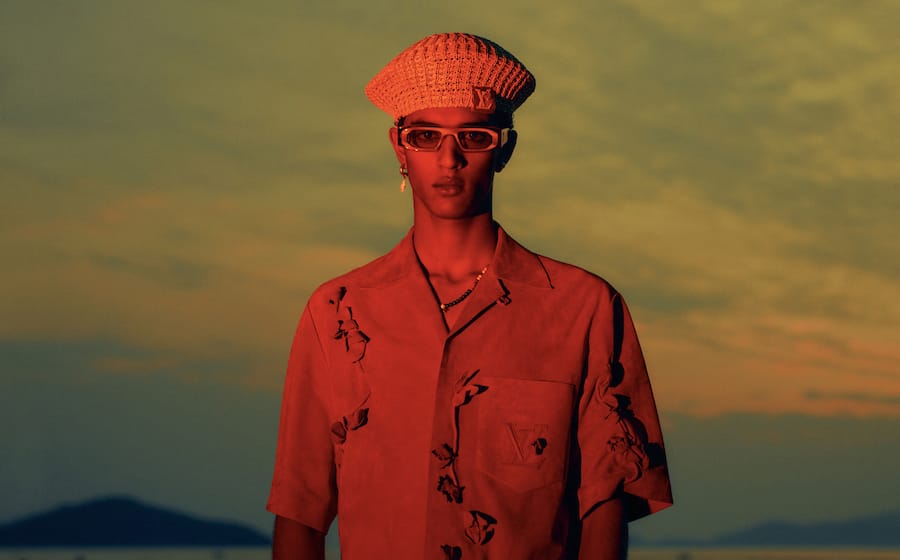 Singapore is a design-centric city that intricately weaves the best aesthetic and exacting into the crevices of its every day. It has provided several talented designers — and those representing at Milan Design Week shed light on design, duties and this industry’s inherent dualities here.
Singapore is a design-centric city that intricately weaves the best aesthetic and exacting into the crevices of its every day. It has provided several talented designers — and those representing at Milan Design Week shed light on design, duties and this industry’s inherent dualities here.
Design comes from the sum of careful calculation and creativity. It is the zenith of the arts and the sciences, a child of the visceral and the cerebral — a visual expression of data that conveys purpose with clarity, conviction and resonance. Forms of design — be it in the digital or physical space — tell stories that are not only objectively functional but also narrative in experience. This is what bequeaths this discipline with the blessing and curse of an inherent duality, a reason to commend all design solutions — but especially successful ones — with admiration and respect.
For a young and technically-advanced nation like Singapore, applying and integrating this way of thinking into the fabric of our landscape is more than just fathomable; with lesser things to refine, Singapore can integrate more future-proof designs into the large-scale of our small island with ease.
However, that is not why our little red dot is recognised as a hub of innovation and creativity. While the future is still blurry, it is bright with wonder and naivety. Our yet-to-be-defined design identity is powerful because there is still so much unrealised potential. Our growing pool of progressive and imaginative design thinkers possess an urgent desire to integrate sustainability into production and be vicious and thorough in their search for the most cutting-edge technology — thanks to our unique economic, social and political settings.
In an exclusive feature, we sit down with Nathan Yong, Studio Juju’s Timo Wong and Priscilla Lui, and Tiffany Loy— three of the six design names selected to debut new works as part of DesignSingapore Council’s exhibition Future Impact at Milan Design Week (MDW) this month — to talk about design, its dualities and the future. From working with onyx, carbon-neutral stone and pliable lines woven or knit into a 3D form, the exchange of ideas bears witness to the endless possibilities in design and a hopeful design future for our little red dot.
Nathan Yong, multidisciplinary design
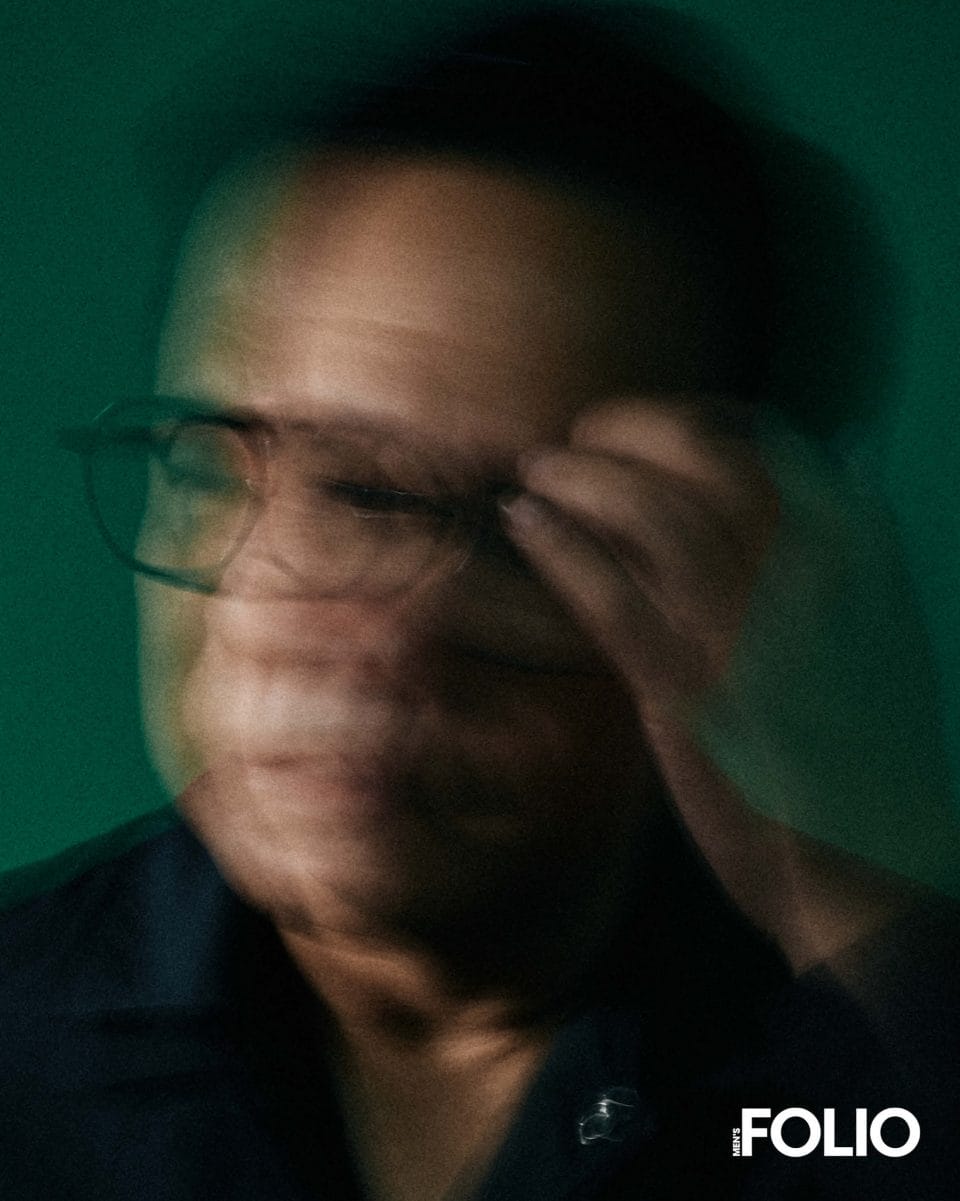 How did your journey in design begin?
How did your journey in design begin?
It was a clear choice since I knew from a young age that I was not academically inclined. The easiest way was to work in the creative line, and to be honest; it always seemed more fun that way anyway.
What is one word you would use to describe Singapore design?
There’s none yet. We are still young. There’s really no rush to find our identity; sometimes, these things just need time. Especially something like finding identity. Singaporeans like to rush for things, but this needs to evolve organically and authentically.
What is one word you would use to describe the future of Singapore design?
Eclectic-city. At least, this is what I hope for. A city that embraces and promotes a diversity of ideas.
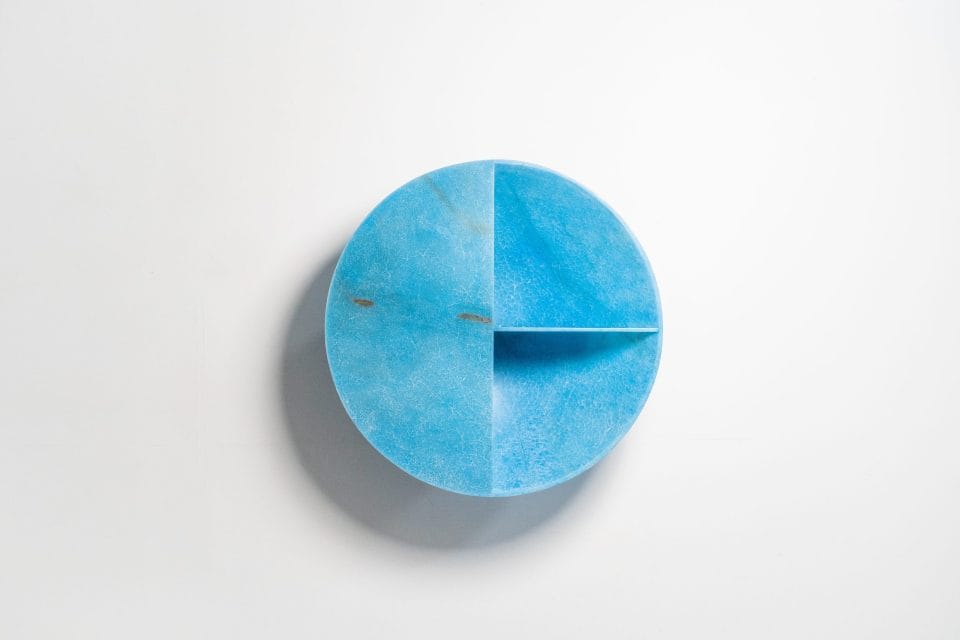 What does being able to represent yourself and Singapore design at MDW mean to you?
What does being able to represent yourself and Singapore design at MDW mean to you?
I’m really thankful because I’m such an old geezer, and they still want me. I hope it means that I’m still relevant in whatI’m doing.
What led you to working with onyx in Bended Onyx?
I love nature. I lived in a kampung when I was young and was surrounded by the vastness of beaches and oceans, soI often collected stones and seashells. I always find nature to be a gift from God and am very fascinated by its beauty in them. Onyx is one of the gemstones that comes in a variety of technicolour that seem surreal, as if a painting from nature. So when I was approached by the Indonesian company that patented the technology of producing wall cladding with bending technology with less wastage, I was immediately attracted to the idea of sustainable production of onyx since they are so rare.
How does this showcase “future impact”?
The patented technology comes from a laminating and bending process that can create shapes and panels without chipping the onyx or material from a big block. Instead, the blocks are sliced into thin sheets and laminated into shape, reducing wastage and the overuse of the precious material for future generations to have the opportunity to experience them thanks to this technology’s sustainability.
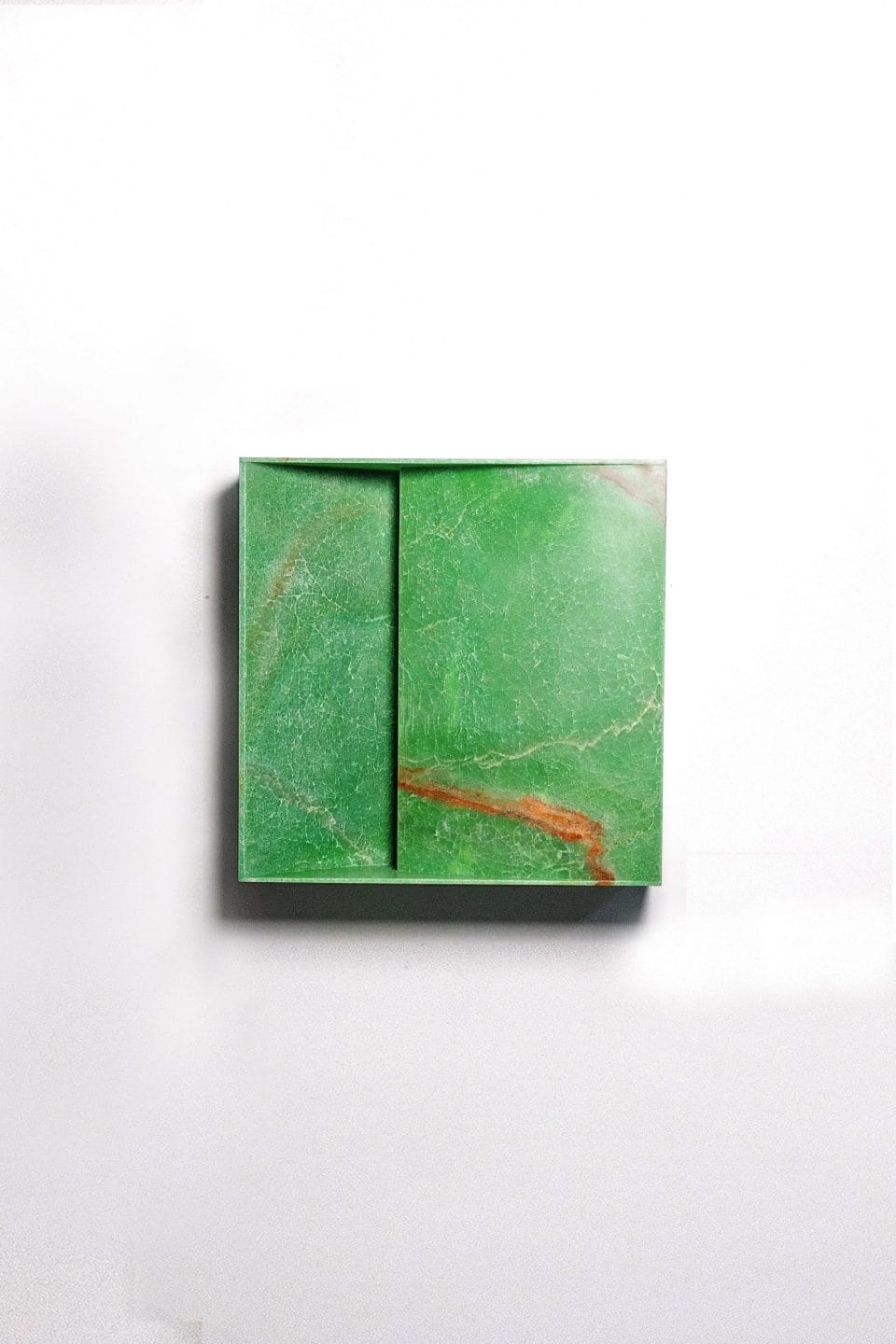 What has been the most challenging part about working with natural stone?
What has been the most challenging part about working with natural stone?
They chip off or crack pretty easily, so we have to be very careful with the strength and heat we use during the bending process.
Lastly, how does duality manifest in the world of design?
[Laughs] It just so happens that the pieces I’m exhibiting are part of my design/artwork “Farewell to Reason”, which I’ve been doing for the last couple of years. It’s about the rigidity and fluidity in our cultural and social identity asAsians in a systematic Western world. But to answer you, design is a culmination of arts and technology, logic and emotions — that’s why it’s not easy for people to understand or manage design.
Studio Juju, multidisciplinary design
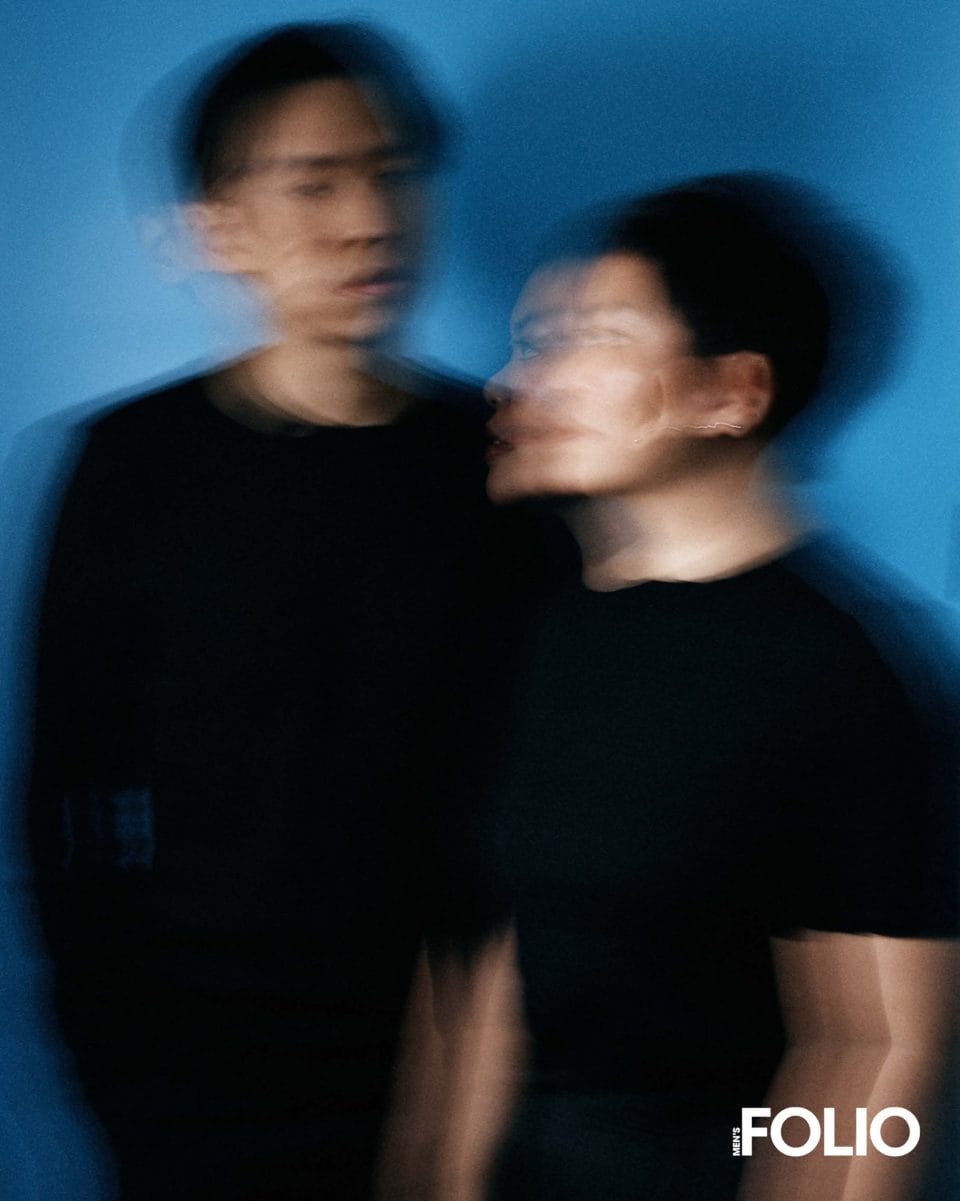 How did both of your journeys in design begin?
How did both of your journeys in design begin?
We started as colleagues at the Design Incubation Centre at the National University of Singapore. We were tasked to work together to develop the collection for d.lab “Objects Around the Tablescape” under Design Incubation Centre.Working closely to design and produce the design pieces, we often travelled to design fairs overseas to present the collection. It was through creating design works from scratch and travelling together that offered us similar viewpoints and experiences.
How did these paths intersect to create Studio Juju?
We participated in a young designer exhibition in Milan in 2009, showcasing furniture prototypes we made collectively.Studio Juju was a name that represented the collaboration at that time. More opportunities followed, and Studio Juju evolved as a design practice that we both direct with similar interests.
What is one word you would use to describe Singapore design?
Young.
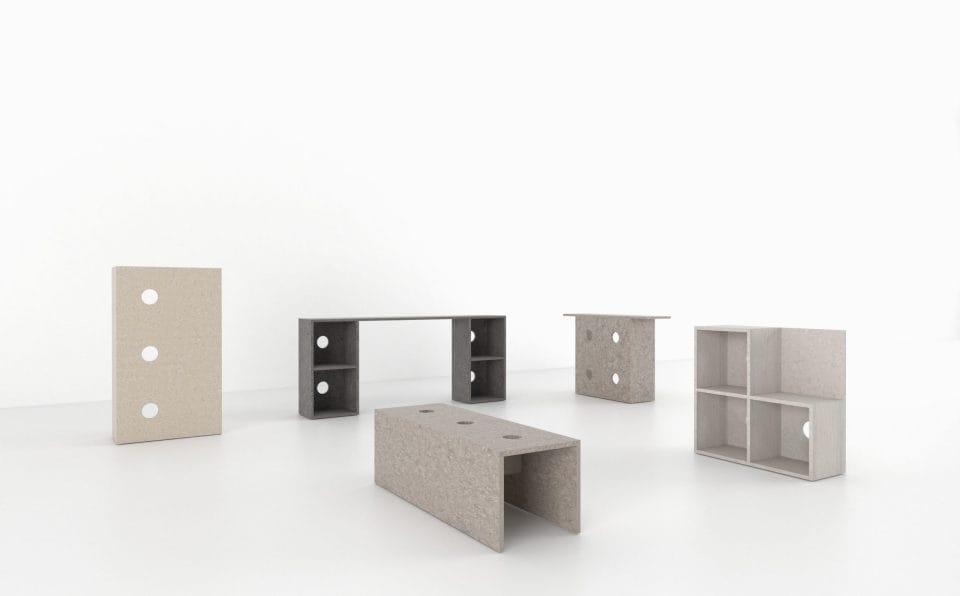 What does being able to represent yourself and Singapore design at MDW mean to you?
What does being able to represent yourself and Singapore design at MDW mean to you?
It is an important platform where the world converges to share and celebrate design, and we are happy to represent Singapore’s design through this platform.
What is the story behind OO Collection?
OO Collection is a series of five sculptural objects characterised by circular holes. Abstract in their function, the familiar and ubiquitous holes punctuate the pieces, leaving one to imagine their purpose. The pieces are constructed entirely from Dekton (Pietra Kode series) — a sophisticated, high-performance, ultra-compact stone slab material by Cosentino that has achieved carbon neutrality for its entire life cycle.
What role does imagination play in this work?
Our roles as designers are not just to serve the immediate functional needs of society. We are allowed to question the past and the future to find ways to contextualise opportunities and problems. These pieces, specifically the form and punctuation of circular holes, serve to question the viewers to think about the balance of utility and aesthetics.
 How does this showcase “future impact”?
How does this showcase “future impact”?
The collection is built solely from Dekton, a sintered stone material that has achieved carbon neutrality for its entire life cycle. The material is commonly used as surface finishes for interior spaces, typically adhered toan additional structural substrate or support. We are rethinking about its construction and using this material without any secondary support material. “Impact” happens when we make mindful steps of improvements to the way we design and live. We wanted to showcase this positively through our use of the materials.
Lastly, how does duality manifest in the world of design?
There is duality in all aspects of our lives; it is part of living. Naturally, the activity of design considers duality during the design process.
Tiffany Loy, textile design
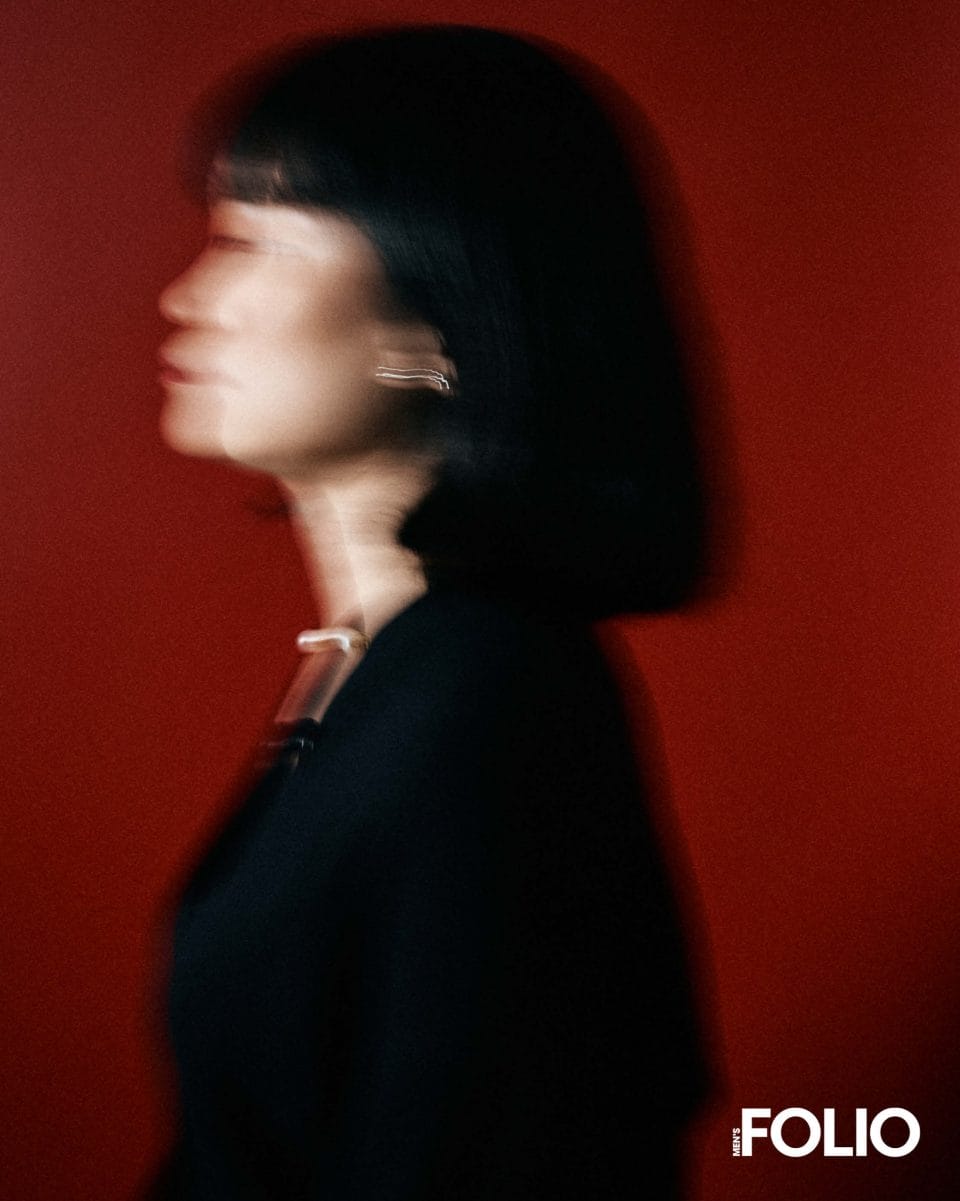 How did your journey in design and textile exploration begin?
How did your journey in design and textile exploration begin?
I was always interested in observing how things are constructed and put together. The thought of being able to make whatever I want or need entices me. That’s why I chose to study textile weaving; I want to make my materials; to build my surfaces and volumes from lines.
What is one word you would use to describe Singapore design?
Wow, I don’t know to be honest — undefinable?
What is one word you would use to describe the future of Singapore design?
It should be something we look forward to.
 What does being able to represent yourself and Singapore design at MDW mean to you?
What does being able to represent yourself and Singapore design at MDW mean to you?
Milan Design Week is still one of the most significant design events of the year. Seeing contemporaries from other cities (and their work) once a year, congregating at the various shows and events has become a reunion of sorts. It isn’t just about showing work or representing oneself; it’s also about being involved in the larger global design community and engaging in conversations with diverse thought leaders.
What is the story behind “Building Futures Line by Line”?
The project offers textile construction techniques like knitting and weaving as alternatives to the ubiquitous 3D printing process (aka additive manufacturing). Teaming up with SUTD’s DManD (Singapore University of Technology and Design’s Digital Manufacturing and Design Centre), I’ll be proposing 3D textile construction as a means of object-making. Any material in the form of a pliable line can be woven or knitted into a 3D form. With that as a starting point, we explore an imagined future of a world built with lines.
What has been the most rewarding part of creating this work?
While we are still working on it, collaborating with SUTD’s DManD team has been very exciting for me. We’re using an advanced programmable knitting machine at DManD. For me, trained as a weaver, observing the parallels and differences between weaving and knitting has always been a point of interest. There’s much to learn and unlearn —that’s probably the most rewarding part.
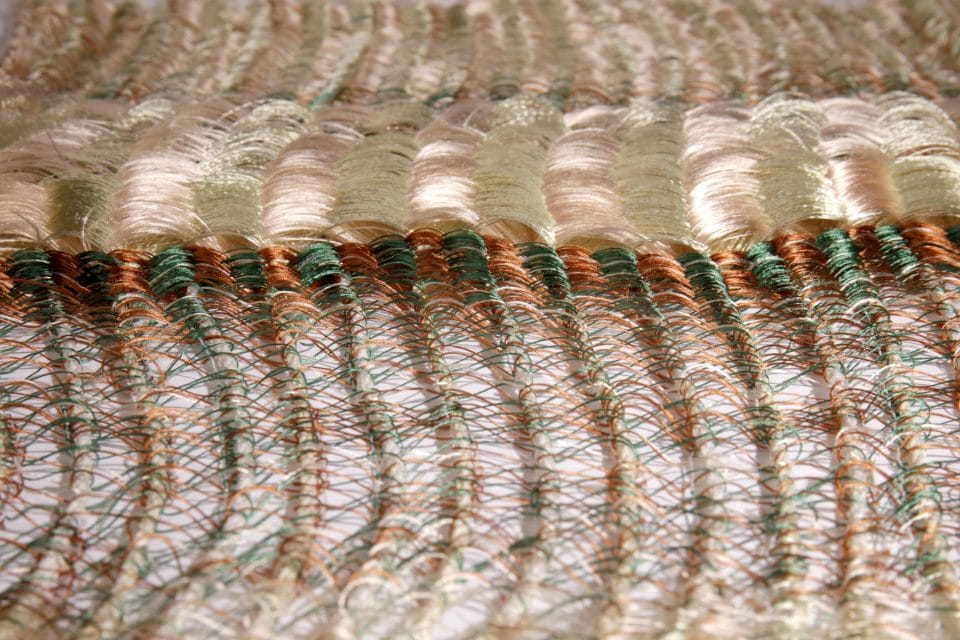 What has been the most rewarding part of creating this work?
What has been the most rewarding part of creating this work?
The technologies in manufacturing have always shaped broader macro trends. The way we produce (and consume)shapes our culture. So discovering new production methods or materials can have a great impact on the way we live in the future. Engineered seamless knitwear for example, has revolutionised high-performance sportswear. Other textile construction technologies have applications in health care as well as architecture and building technology.
Lastly, how does duality manifest in the world of design?
Heritage and future, hand-made and machine-made; human creativity and computer-generated outputs — from the conception of an idea to its development and execution, the whole design process is full of these fine balances.
Photography Jaya Khidir
Interview Charmaine Tan
Styling Manfred Lu
Grooming Beno Lim using Laura Mercier
This story first appeared in the April 2023 issue of Men’s Folio Singapore. Catch up with it here.


